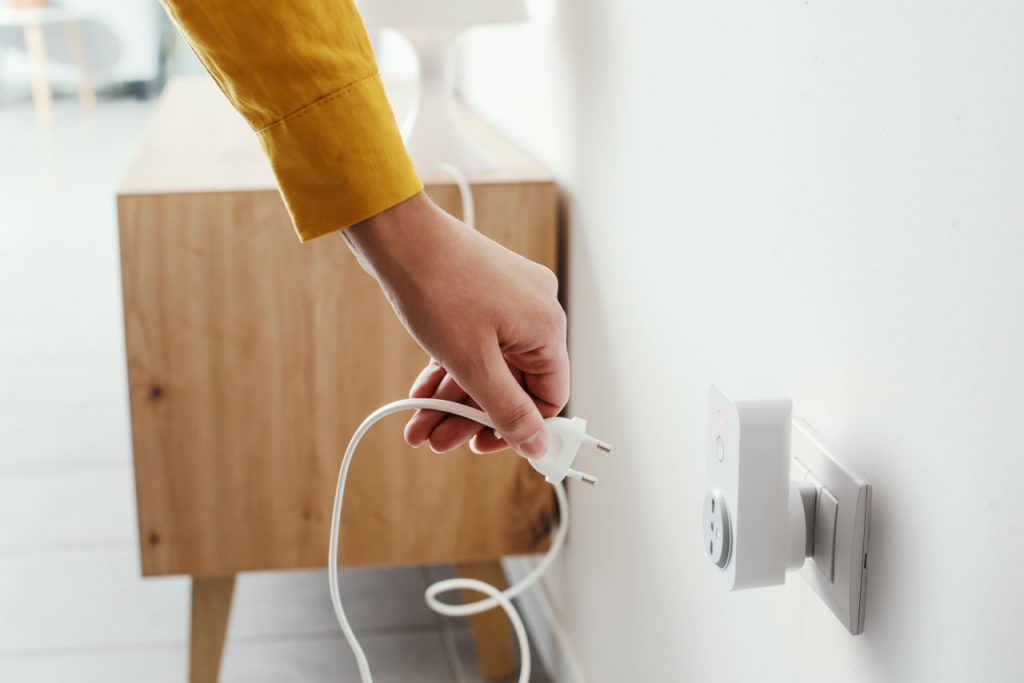Improving the energy efficiency of your home doesn’t always require a major renovation. In fact, there are several simple, cost-effective upgrades that can have a significant impact on reducing your energy consumption and lowering your utility bills. Whether you’re looking to reduce your carbon footprint or just save money, making your home more energy-efficient is easier than you might think. Here are some simple upgrades to help you get started.
1. Switch to Energy-Efficient Lighting
One of the easiest and most cost-effective ways to reduce energy consumption is by replacing traditional incandescent bulbs with energy-efficient lighting options, such as LED or CFL bulbs. These bulbs use significantly less energy, last longer, and produce less heat, making them an excellent choice for any room in your home. By making the switch to energy-efficient lighting, you can reduce your electricity consumption and enjoy lower utility bills.
2. Install Programmable Thermostats
A programmable thermostat allows you to set your heating and cooling systems to automatically adjust based on your schedule. For example, you can set your thermostat to lower the temperature when you’re away from home and raise it before you return. This ensures that your heating and cooling systems aren’t running unnecessarily, helping you save energy and money. Many modern smart thermostats also offer remote control through your smartphone, so you can adjust your home’s temperature even when you’re not there.
3. Seal Gaps and Insulate Your Home
Air leaks are a common cause of energy loss in homes. Gaps around windows, doors, and other openings can let in drafts, making your heating and cooling systems work harder. Sealing these gaps with weatherstripping or caulk can improve your home’s insulation and prevent energy loss. Additionally, consider adding or upgrading insulation in your attic and walls. Proper insulation helps maintain a consistent temperature inside your home and reduces the need for constant heating and cooling.
4. Use Smart Power Strips and Unplug Devices
Many household appliances and electronics consume energy even when they’re turned off, a phenomenon known as “phantom energy” or “vampire power.” To reduce this unnecessary energy consumption, use smart power strips that automatically cut power to devices when they’re not in use. Alternatively, unplug devices like chargers, televisions, and kitchen appliances when they’re not being used. This simple habit can lead to significant energy savings over time.
5. Upgrade to Energy-Efficient Appliances
When it’s time to replace old appliances, consider investing in energy-efficient models that have the ENERGY STAR label. These appliances are designed to use less energy while still providing the same level of performance. From refrigerators and dishwashers to washing machines and dryers, energy-efficient appliances can help lower your household’s overall energy consumption and reduce utility bills.
Conclusion
Improving your home’s energy efficiency doesn’t have to be expensive or time-consuming. By making simple upgrades like switching to energy-efficient lighting, installing a programmable thermostat, and sealing gaps to prevent air leaks, you can reduce your energy consumption and enjoy lower utility bills. Start with a few small changes today and watch as your home becomes more energy-efficient, eco-friendly, and cost-effective.
